Apple iPhone 12 & 12 Pro review: new smartphones support Australia’s 5G networks
With 5G support, a faster processor, a new charging method and enhanced camera features, there’s plenty to like about iPhone 12.

iPhone 12 is a vital upgrade for Apple and its near one billion active users with the iPhone finally supporting 5G cellular connectivity. Apple is late to the party with Samsung, Oppo, and LG among those with 5G phones established in the market last year. But it’s here now and users can see for themselves whether 5G is worthy of the hype around it.
While Australians on 5G can achieve download speeds of hundreds of megabits per second, our US friends are posting photos of their phones achieving speeds of almost 3000 Mbps using a form of 5G called millimetre wave or mmWave not available here yet. However 5G network speeds can be patchy.
I’ve been using two of the four 5G-enabled iPhone 12 models. In Australia you can buy this pair – the 6.1-inch iPhone 12 and 6.1-inch iPhone 12 Pro starting this Friday October 23.
A small 5.4-inch iPhone 12 mini and large 6.7-inch iPhone 12 Pro Max go on sale on Friday November 13.
This year’s models are attractive iPhones with flat edges made of aluminium and hardly any border around the display. The flat edges are likely due to the placement of the 5G antenna inside.
The sides are coloured aluminium, the back is glass coated. The back camera unit slightly protrudes, so the phone isn’t totally flat laid on a surface. A cover fixes that.
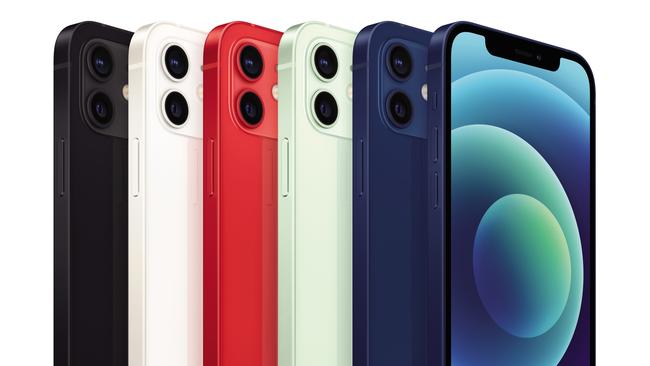
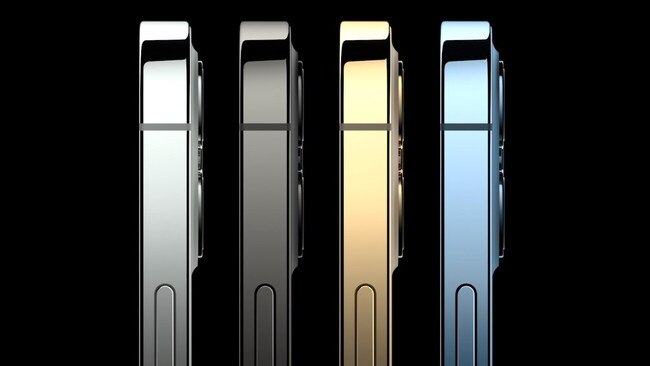
Because the display border is smaller, the iPhone 12 is smaller compared to last year’s iPhone 11, even though they share the same screen size.
The improvements over iPhone 11 in as nutshell are — first, the long awaited addition of 5G to the iPhone.
Second, all iPhone models feature OLED (organic LED displays). They are bright, and resolution is higher, at 460 pixels per inch across all models. Last year’s iPhone 11 Pro and Pro Max offered that resolution, but the regular iPhone 11 was stuck at 326 pixels per inch with an LCD display.
If you are into the standard iPhone models, you’ll notice the improvement with iPhone 12.
Third, Apple has added what it calls a “ceramic shield” to the display that it says improves four fold the chance of the screen not being damaged if you drop the phone.
The major improvements are 5G, a faster processor, new ways of charging the iPhone and better cameras, in particular better low light photography.
5G
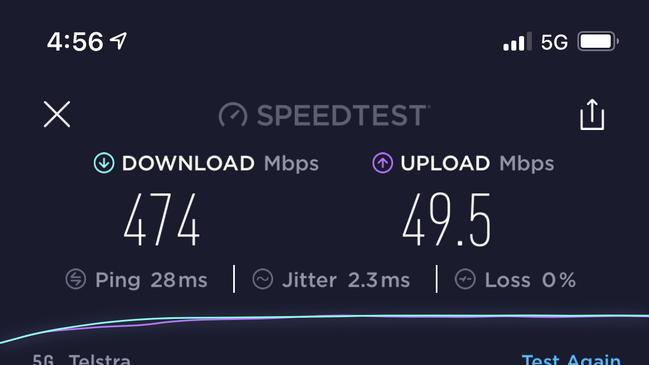
I’ve spent time using 5G on these iPhone 12 models and their performance is more a reflection of our 5G network. As we move to 5G phones, Australians will become aware of one particular issue, speed variability.
I live about 4km from Sydney’s CBD and using the iPhone 12 Pro, I obtained more than 500 megabits per second download on Telsta’s 5G network just outside our building. However four floors up, where I live, the speed is 43Mbps. On my balcony, it’s 18Mbps. This is a very well serviced area with relatively new telecommunications infrastructure.
I’m saying don’t expect miracles with 5G, at least yet.

The Australian iPhone 12 models don’t support mmWave which handles large volumes of traffic, but has a short range. It will be a big asset for 5G networks at stadiums and crowded locations.
At Apple’s iPhone launch last week. US carrier Verizon demonstrated an NFL app called Verizon 5G SuperStadium which lets you watch seven camera angles of a game simultaneously. Angles include a view called “players eyes”. This is the type of specialist sports coverage that 5G/mmWave might deliver.
US carriers are also using mmWave to plug the gaps in their 5G networks, probably to address this issue of inconsistent coverage. That’s Apple’s rationale for including an mmWave antenna in US iPhone models, but not in international ones.
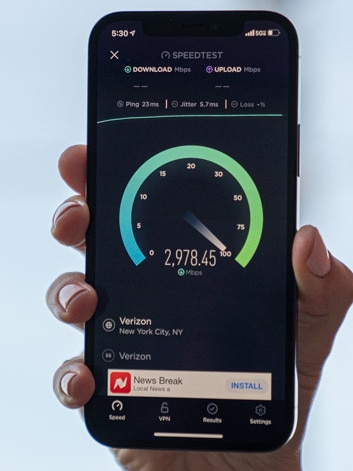
The Wall Street Journal‘s Joanna Stern posted an almost 3000 Mbps download speed on an mmWave 5G network in the US but she notes a speed like that can be hard to find.
Australian carriers can’t integrate mmWave into their networks yet because this spectrum isn’t available to them; the auction for it is in March.
But mmWave could be available in Australia during the lifetime of an iPhone 12 phone you buy now and our local iPhone 12 handsets are shipped without an mmWave antenna; it’s your call whether it matters.
On the other hand, don’t dismiss 4G LTE. It may not be as fast but it’s more even in performance than 5G I have encountered. The world won’t break if you hang on to your older iPhone for now.
Processor

This year’s iPhones have a newer, faster processor called the Apple A14 Bionic chip. The proof of the pudding is in the eating, so I put the A14 to the test using the AnTuTu benchmark.
Last year’s Apple iPhone 11 Pro Max with the A13 Bionic Chip scored 458,524 with AnTuTu which measures processor speed, graphics speed, memory (RAM) speed and usability. It simulates menu operations and scrolling to determine a usability score.
This year’s iPhone 12 scored 573,393 and iPhone 12 Pro 558,482 which is a big improvement.
I’m not surprised as new iPhones will need to run processor intensive applications such as games streamed over 5G and augmented reality apps. There’s also computational photography – all big plays for Apple and all needing fast processing.
Charging
The world is moving on from old chargers. USB-C is the new norm, with laptops, tablets and phones being charged with USB-C to USB-C cables. Apple MacBooks and high end iPads with USB-C ports use these cables. You can also buy small high powered gallium nitride (GaN) charger adaptors.
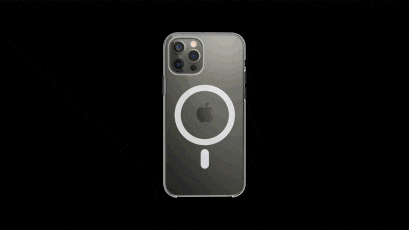
The dream is that you will need to carry one type of cable to charge everything.
However, Apple iPhones have taken a different path. Apple has retained the Lightning port and you get a USB-C to Lightning cable in the box.
There is no charger adaptor in the box. Apple says consumers already have many chargers and they are an environmental issue.
In addition, Apple has introduced a line of MagSafe wireless chargers. They are a disk that snaps to the back of iPhone 12 models which have an embedded magnet. Apple’s rationale is that people sometimes don’t place their phone correctly on a wireless charger. With magnets, the charger snaps into place.
Frankly, it’s as hard to place your iPhone correctly on a wireless charger as it is to arrange a knife or fork on the table at a dinner party.

Nevertheless MagSafe is here and the phone’s magnet lets you clip on other accessories such as a wallet.
The MagSafe device charged the iPhone 12 Pro to 29 per cent in 30 minutes. Apple’s Lightning to USB-C cable attached to a 30 Watt GaN charger achieved double that – 57 per cent in 30 minutes.
MagSafe charging is fine if you’re not in a rush, but to quickly rejuice an iPhone, use a USB-C to Lightning cable.
Cameras (click on a photo for a full screen view.)



Both phones have the same wide lens and an ultrawide lens with 120 degree visibility for big group shots and packing in extra scenery. The wide lens has a larger aperture and capability for better lower light photography.
These iPhones can improve image quality using what Apple calls “computational photography”. Machine learning can recognise sky, clouds, sea and shapes, and processes colour, contrast and noise for each accordingly. It can also improve night photography.
Night mode processing is no longer limited to the main wide angle lens. It works on the ultrawide and front facing lens, so you can take night time selfies.
I found the camera can take great night shots and I did try night selfies which combine long exposure with a quasi flash – a sheet of light on the display.
Night shots manage to preserve some subtlety of colour differences.
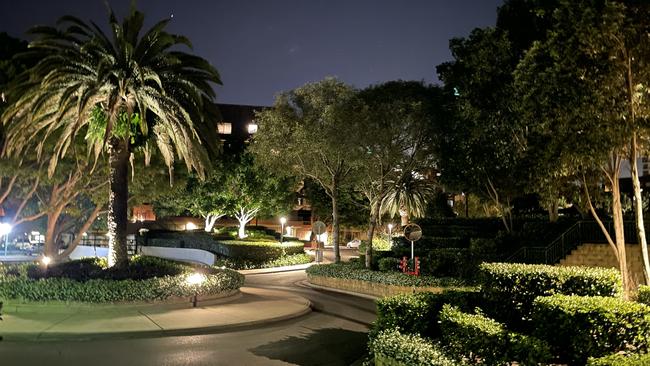
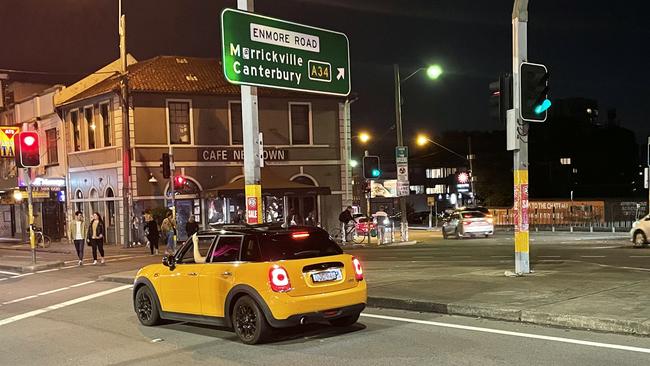
The Pro additionally has a 52mm telephoto lens and a 3D LIDAR scanner that improves the phone’s ability to sense distance, that increases the accuracy of auto focus when taking photos and the accuracy of augmented reality.
Photos undergo what Apple calls “pixel by pixel” processing using the phone’s neural engine.
Both phones support HDR photo and video recording, which means a larger array of authentic colours. Both phones offer 4K video shooting at 60 frames per second front and back.
Apple didn’t put much emphasis on battery life with this year’s models. I tested the iPhone 12’s battery life with our usual test of playing 1080p video continuously at 50 per cent brightness. iPhone 12 lasted 12.5 hours. iPhone 12 Pro lasted 16.75 hours.
Overall the iPhone 12 models with 5G support represent an important step forward for Apple. The iPhone 12 Pro has a premium look and advanced camera features. iPhone 12 is a step up from iPhone 11 which was already a great phone.
For many, the cost of iPhones is increasingly prohibitive. The cheapest iPhone 12 is well over one thousand dollars and starts at $1349 with 64GB of storage. The most expensive iPhone 12 with 256GB costs $1599. iPhone 12 Pro ranges from $1699 (128GB storage) to $2219 (512GB). The coming Pro Max is even more expensive.
Throw in Apple’s great software, security and commitment to consumer privacy, and iPhone 12 is a tempting buy. The question is can you afford it?





To join the conversation, please log in. Don't have an account? Register
Join the conversation, you are commenting as Logout